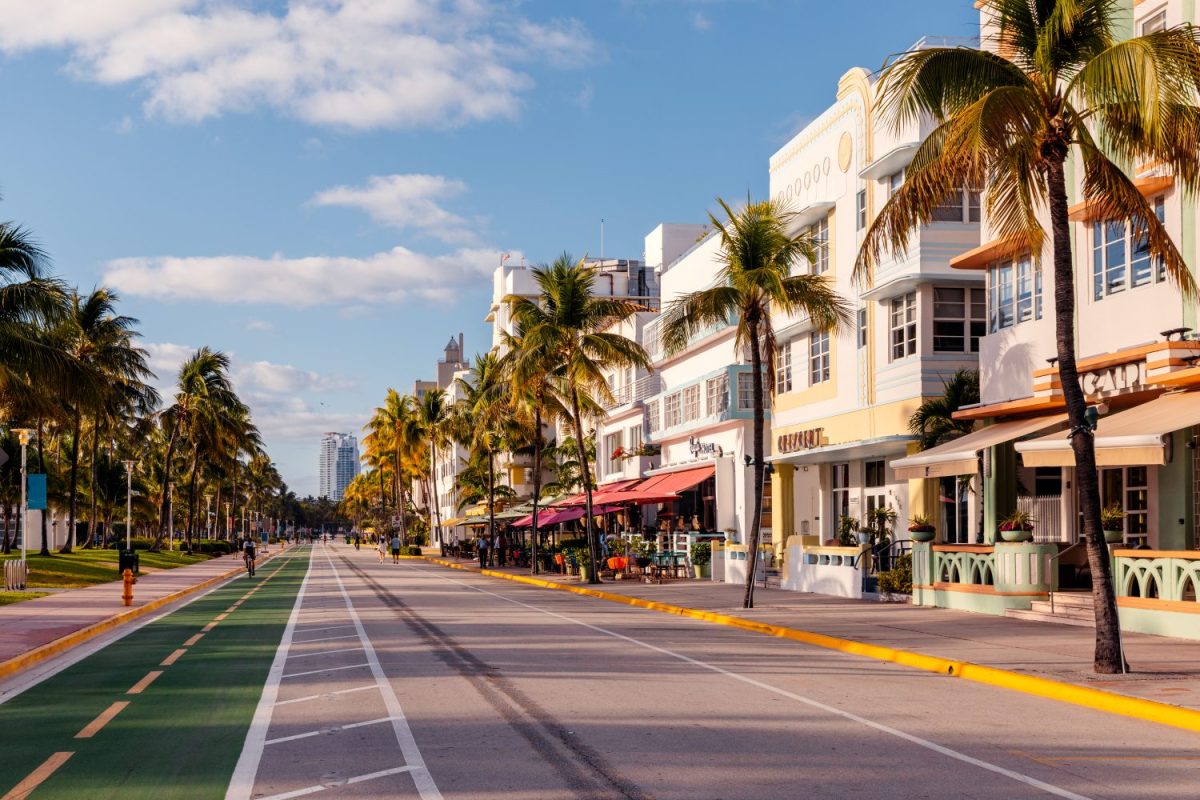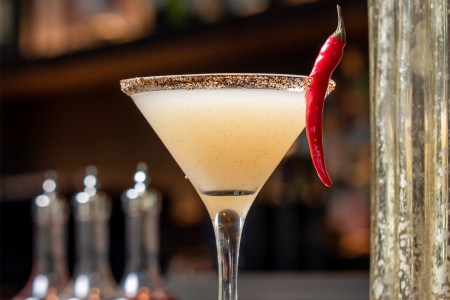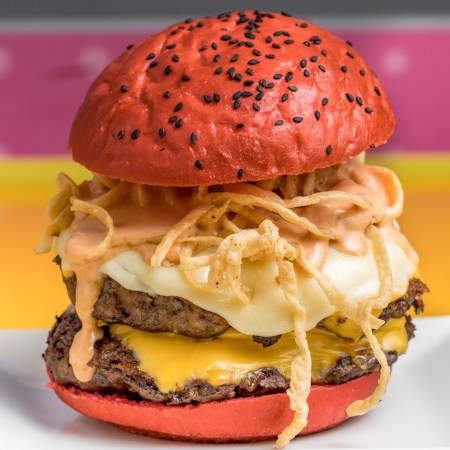Do you speak Miami English?
Phillip Carter, a linguist based in the city, published an academic paper in late 2022 on the emergence of a new Spanish-English dialect in Magic City — dubbed “Miami English” — and it’s recently gone viral.
Over the past 60 years, the regular influx of Spanish-speaking immigrants to Miami has brought unique translations, semantics and style, creating a local dialect. Residents have been using it and poking fun at it for years (see the 2012 viral video “Shit Miami Girls Say…and guys“), but now it’s strong enough that academic researchers can hear it, study it and categorize it.
Carter, a linguistics professor at Florida International University, is working with other researchers to plant firm stakes around what constitutes Miami English, a dialect that is developing in real time.
While it mixes English and Spanish, it’s definitely not Spanglish, and it’s more than just regional inflection. There’s a sophisticated linguistic marvel occurring.
Unconventional Martinis Are Taking Miami by Storm
The definition of what constitutes a dirty martini is expanding by the minuteCalques: The Hallmark of Miami English
The main phenomenon in Miami English is the heavy use of calques, which are essentially translations from a native language (Spanish, in Miami’s case) to a target language (English).
For example, Americans use the Japanese word tsunami. However, if we took the actual Japanese meaning of the word and translated it to English, we’d be calling tsunamis “harbor waves” — and that is a calque.
When people learn new languages, we use our first language as a crutch to make translations. So we’d expect immigrants to rely on calques, but what’s unique in Miami is these translations are being adopted and used by younger generations.
Children of immigrants learn local, grammatically correct English in school and then solidify their language from their peers. If the phrases their parents use aren’t reinforced by other kids, they’ll fall out of use. But in Miami these expressions are being passed down.
If you use or recognize these common calques, you’re speaking Miami English:
- “Get down from the car”: from “bajar del carro”
- “Put me the light”: from “poner la luz,” a colloquial expression along the lines of “flip on the light”
- “Eating shit”: from Cuban-Spanish “comer mierda” (for non-local readers: this essentially means “killing time”)
- “She’s married with”: instead of “she’s married to”; the Spanish verb casarse (“to get married”) requires the preposition con (“with”)
- “Meat empanada” – from “una empanada de carne”; the Spanish word “carne” can mean meat generally or beef specifically, whereas in English “beef” and “meat” are separate words
- “Super hungry”: from Cuban Spanish “súper,” meaning “really,” “very” and “so,” not the English adverb for “excellent” or “terrific”
- “Thanks God”: this calque brings over the plural of the Spanish “gracias” onto “thank”
To some, these calques might sound like mistakes when rendered in English, but they aren’t. “It’s not a matter of missing the grammatical target — [calques] are literal translations,” Carter tells InsideHook.
If you want more examples, search “Miami English” on TikTok, where Carter’s research has been blowing up.
How Did This Happen?
“All of our language materials are the product of historical conditions,” says Carter. There are three key factors allowing this dialect to flourish:
- A majority of the population isn’t just Spanish-speaking, they are foreign born — 65% in the last census. Miami is a majority Latinx city, so instead of immigrants having to abandon their native language to assimilate, they can use it in their daily lives while learning English.
- Spanish-speakers in Miami aren’t relegated to one neighborhood or one socio-economic class — they’re all over Miami-Dade County. This is key for the diffusion of Spanish and the widespread use of calques.
- The constant influx of Latinx immigrants in Miami-Dade means there’s a consistent flow of Spanish-speaking English learners mixing into the community, and they learn English against the backdrop of Spanish.
These elements have been blending together over the last six decades and the result is that second-, third- and fourth-generation bilinguals in South Florida have a high level of “heritage proficiency,” meaning they hear and speak their native language very frequently in their daily lives. This means in turn that the calques aren’t fading — they’re sticking.
Why It Matters for the Broader United States
Spanish impacting American English isn’t a new event — Spanish is one of our nation’s founding languages. What’s happening in Miami right now is the result of the two powerhouses of U.S. language meeting and melting again.
“In the decades to come, more U.S. cities may begin to resemble Miami linguistically, as the U.S. Latino population grows and diversifies,” says Carter. “Miami thus may serve as a model for what is to come.”
Seeing Spanish calques in everyday English means our American vocabulary is continuing to expand. The same way other immigrant groups have added words and phrases, we’re seeing another significant group enrich our identity. It’s America’s melting pot at its finest, and we love that growth for us.
“What’s happening in Miami reminds us that all of our words have a history, even if we forgot it,” says Carter, “The whole history of human language is a history of people moving around the globe.”
This article appeared in an InsideHook newsletter. Sign up for free to get more on travel, wellness, style, drinking, and culture.

























